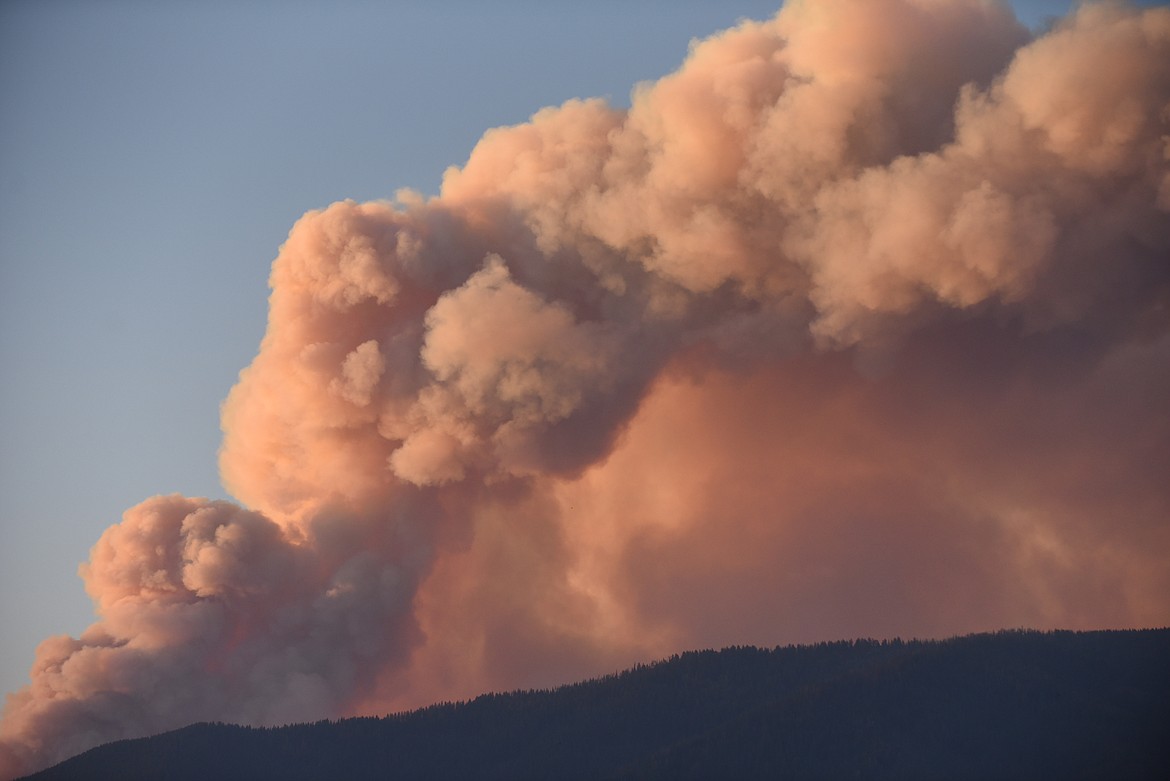Gianforte presses to extinguish all wildfires in 2022
Gov. Greg Gianforte asked land managers for their commitment to aggressive initial attack to extinguish all wildfires at a 2022 wildfire briefing in Helena on Monday....
Become a Subscriber!
You have read all of your free articles this month. Select a plan below to start your subscription today.
Already a subscriber? Login



